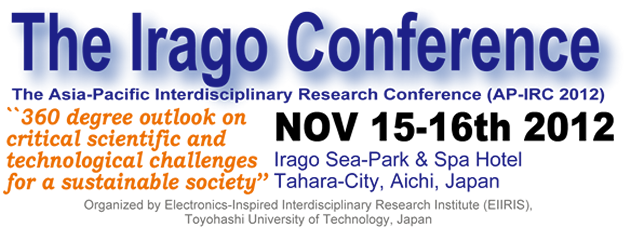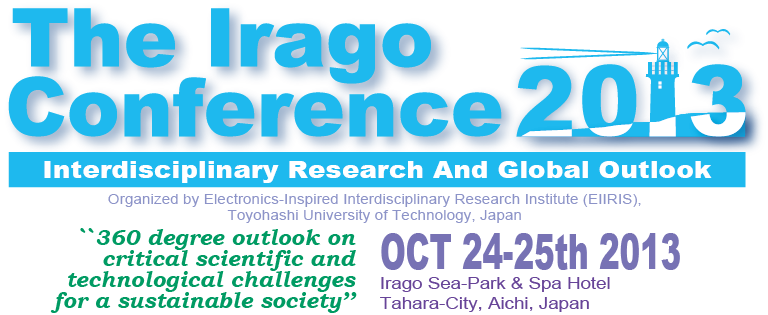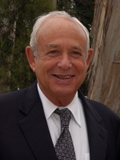Dr. Daniel E. Morse
"Biologically inspired, nano-structured materials for energy and photonics"
Biography
Dr. Morse received his B.A. in Biochemistry from Harvard, his Ph.D. in Molecular Biology from Albert Einstein College of Medicine, and conducted postdoctoral research in molecular genetics at Stanford University. He was the Silas Arnold Houghton Associate Professor of Microbiology and Molecular Genetics at Harvard Medical School before joining the faculty at UCSB. Honored by Scientific American as one of the top 50 technology innovators of 2006 for his development of bio-inspired, kinetically controlled routes to semiconductor thin films and nanoparticles, Morse was the 7th Kelly Lecturer in Materials and Chemistry at the University of Cambridge and the 3M Lecturer in Chemistry and Materials at the University of Vancouver. Elected a Fellow of the AAAS and the Smithsonian Institution, he received a Career Development Award from the National Institutes of Health, a Faculty Research Award from the American Cancer Society, and honors as Visiting Professor of Bio-Nano-Electronics in Japan and as Visiting Professor at the University of Paris and universities in Singapore and the UK. His students have received international recognition and awards in numerous symposia and international research meetings.
Research
From our discoveries of the molecular mechanisms controlling biomineralization, we developed a novel bio-inspired method for the low-temperature, low-cost catalytic nanofabrication of a wide range of semiconductors and ferroelectrics. Because this method gives access to structures and activities not attainable by conventional methods, we are exploring the resulting nanostructured materials for improvements in high-power batteries, uncooled IR detectors and information storage. We are pursuing our discoveries of the remarkable molecular and cellular mechanisms of tunable photonic materials in squids, and applications of these findings for electro-optics, IR detectors and improvements in solar energy conversion. Our discovery of an unanticipated mechanism underlying the genetically encoded self-assembly of proteins and their resultant emergent properties guides our studies of KLH, a giant copper-containing protein used as a potent regulator of the immune system and a carrier for anti-cancer vaccines.
Selected Publications
Holt, A., A. Sweeney, S. Johnsen and D.E. Morse. 2011. A highly-distributed Bragg stack with unique geometry provides effective camouflage for Loliginid squid eyes. J. Royal Soc. Interface 8: 1386-99.
Ould-Ely, T., K. Niesz , M. Luger., l. Kaplan-Reinig, K. Niesz, M. Doherty and D. E. Morse. 2011. First large-scale engineered synthesis of BaTiO3 nanoparticles using low temperature bioinspired principles. Nature Protocols 6: 97-104.
Neilson, J.R., D,E. Morse, B. C. Melot, D. P. Shoemaker, J. A. Kurzman, and R. Seshadri. 2011. Understanding complex magnetic order in disordered cobalt hydroxides through analysis of the local structure. Phys. Rev. B 83: 094418 (1-7).
Tao, A.R., D. G. DeMartini, M. Izumi, A. M. Sweeney, A.L. Holt and D. E. Morse (2010). The role of protein assembly in dynamically tunable bio-optical tissues. Biomaterials 31:793-801.
Zhang, H.-L. and D.E. Morse. 2009. Vapor-diffusion catalysis and in situ carbothermal reduction yields high performance Sn@C anode materials for lithium ion batteries. J. Mater. Chem. 19: 9006 – 9011.
Brutchey, R. L. and D. E. Morse, 2008. Silicatein and translation of its molecular mechanism of biosilicification into low temperature nanofabrication methods. Chem. Revs. 2008: 1094.
Aizenberg J., J. C. Weaver, M. S. Thanawala, V. C. Sundar, D. E. Morse and Peter Fratzl. 2005. Skeleton of Euplectella sp.: Structural hierarchy from nano- to macroscale. Science 309: 275-278 (+ cover).
Cha, J. N., G. D. Stucky, D E. Morse, T. J. Deming. 2000. Biomimetic synthesis of ordered silica structures by block copolypeptides. Nature 403: 289-292
Smith, B.L., T.E. Schäffer, M. Viani, J.B. Thompson, N. A. Frederick, J. Kindt, A. Belcher, G.D. Stucky, D.E. Morse and P.K. Hansma. 1999. Molecular mechanistic origin of the toughness of natural adhesives, fibers and composites. Nature 399: 761-763.
Belcher, A.M., X.Wu, R. Christensen, P.Hansma, G.D. Stucky & D.E. Morse. 1996. Control of crystal phase switching and orientation by soluble mollusc-shell proteins. Nature 381: 56-58.



